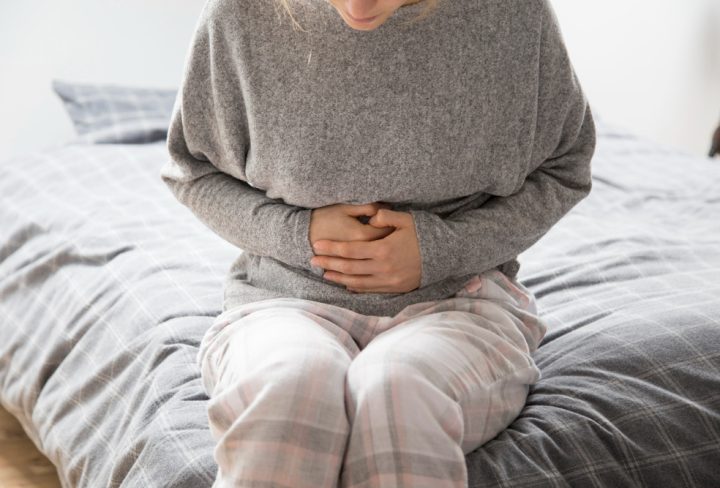The Invisible Struggle: All About Premenstrual Syndrome
Premenstrual syndrome (PMS) is a group of mental, emotional, physical, and behavioural disturbances experienced by a woman before her menstrual cycle. All women experience at least one symptom of PMS every month before menstruation.
These symptoms occur in a woman before her monthly period. The signs become more intense 2-3 days before the period and usually resolve a day or two after the period commences.
What are the Symptoms of Premenstrual Syndrome (PMS)?
If you have PMS, you will experience mild to moderate symptoms consistently before each menstrual period like:
- Cramps
- Abdominal bloating
- Acne
- Sore and swollen breasts
- Diarrhea
- Constipation
- Headaches
- Anxiety
- Mood Swings
- Muscle and Back Pain
What Causes Premenstrual Syndrome (PMS)?
The exact cause of PMS remains unknown. It is believed that PMS results from the alterations or interactions between the levels of sex hormones and brain chemicals.
Other probable causes can include:
- Unhealthy Diet (Low Vitamins and Minerals for the Body)
- Obesity
- Heavy Smoking or Alcohol Drinking
- Too Much Caffeine Intake
- Leading a Sedentary Life
Who is Prone to Premenstrual Syndrome (PMS)?
The following conditions may lead to an increased risk of PMS:
- Family History of PMS
- Sedentary Lifestyle
- Unhealthy Diet
- Alcohol Consumption
- Smoking
- <30 Years of Age
- High-Sugar Diet
- Have More Than Two Children
- High-Stress Levels
- Diet Low in Vitamin B, Calcium, And Magnesium
- More Caffeine Intake
How to diagnose premenstrual syndrome (PMS)?
- There are no unique findings or lab tests to diagnose premenstrual syndrome.
- Your doctor will ask about your symptoms to check if they are a part of your predictable premenstrual pattern.
- To help establish a premenstrual pattern, your doctor will record your symptoms on a calendar for at least two menstrual cycles.
- Certain conditions may mimic PMS, like thyroid disorders and mood disorders like depression and anxiety.
- Your doctor may perform thyroid function or mood screening tests to help provide a precise diagnosis.
What is the Treatment for Premenstrual Syndrome (PMS)?
- Regular exercise can help you to get complete relief from PMS symptoms.
- Other activities can include aerobics, brisk walking, cycling, and swimming.
- Breathing exercises and stretching, such as yoga and Pilates, will help reduce your stress levels.
For aggravated cases, your doctor may prescribe medicines like:
- Antidepressants
- Hormonal Contraceptives
- Painkillers
- Nonsteroidal Anti-Inflammatory Drugs (Ease Muscle Cramps and Breast Discomfort)
- Estrogen-Only Patches and Implants
Relief from PMS symptoms is commonly achieved through lifestyle changes alone.
What are the Measures to prevent Premenstrual syndrome (PMS)?
If you experience PMS symptoms, you crave high fat and sugar, leading to weight gain.
You can reduce your PMS symptoms by making a few changes, such as,
- Eating smaller meals more often (six mini meals instead of three main meals)
- Reducing salt intake
- Eliminate caffeine
- Increase fiber intake (fruits, vegetables, and whole grains)
- increasing dairy food intake
- Get adequate sleep (7-8 hours is recommended)
Overall, while premenstrual syndrome can be challenging to deal with, there are various management strategies available that can help alleviate symptoms and improve overall quality of life.


